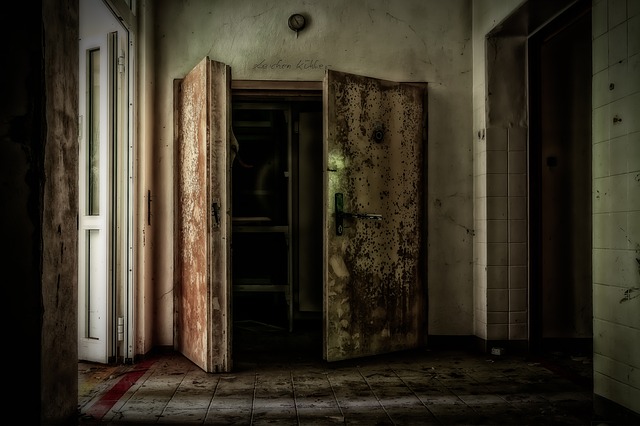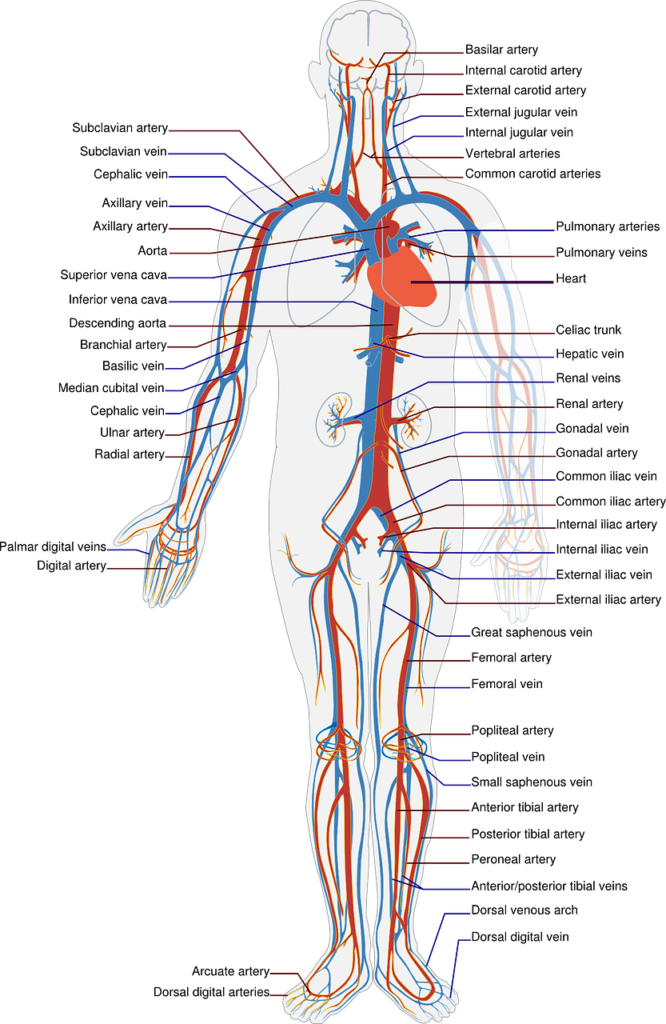It is very clear to me that when it comes to the topic of embalming and embalmers there are two groups of people with very different thoughts and opinions.
The first group of people use words like barbaric, invasive, morbid, and waste of money. They will describe an embalmer as a ‘pasty white’ creepy bald man with no personality. A person who’s job is gross or disgusting.
Second are those who feel that embalming is an art and a science. Who feel it is an honour, a privilege and a necessary service. This group believes an embalmer is educated, unique, valuable and has an innate, ethical drive to care for the dead; it is simply part of their humanity.
Which group do you find yourself in?
Regardless of your answer – there is, without question, professionalism in embalming. The guys and gals who attend a College of Mortuary Science become trained, licensed and regulated individuals – some even have amazing personalities.
To truly appreciate an embalmer one must open the morgue door and see beyond the shaving, washing, dressing and makeup.

I’d like to explore embalming beyond its basic definition and hopefully enlighten you on a very small portion of the knowledge hiding inside an embalmers brain.
Embalming
The textbook “Embalming: History, Theory and Practice” by Robert G. Mayer defines embalming as:
The process of chemically treating the dead human body to reduce the presence and growth of microorganisms, to temporarily inhibit organic decomposition, and to restore an acceptable physical appearance.
Simply put it is the sanitation, preservation and restoration of the dead human body.
Sounds easy right?….sure if you know where to start.
Lets look at a few things that an embalmer must be well versed in.
Anatomy
It is essential that the embalmer has a sound understanding of and familiarity with the human form. A thorough knowledge of the surface anatomy permits one to conceptualize the internal anatomy.

There are several anatomical locations on the dead human body at which arteries and veins may be elevated for the injection of chemicals and subsequent drainage.
Just one example is the common carotid artery.
Surface features of the neck that the embalmer should be able to locate and describe are::
- Clavicle, mandible, angle of the jaw
- Mastoid process of the temporal bone
- Hyoid bone
- Sternum
- Sternoclavicular articulation
- Suprasternal notch, and thyroid cartilage of the larynx
In addition and very important is the location of the sternocleidomastoid muscle and external jugular vein.
That was the fun stuff!! Part of the anatomy course involved hours of neutrons and protons…talk about boring.
Chemistry
I personally avoided chemistry in high school, thought I would NEVER need it. I was wrong. An embalmer handles a variety of chemicals, disinfectants, and sanitizing agents during preparation of the body.
These include:
- Arterial fluids
- Co-injection fluids
- Pre-injection fluids
- Water-corrective fluids
- Dyes
- Humectants
- Cavity fluids
- Autopsy gels
- Cautery chemicals
It is essential that an embalmer possess the ability to analyze the complications, make judgements about what chemicals can be used to deal with the situation, and then properly apply the chemicals. I will spare you the details on fluid index. Trust me it’s a chemical equation.
The use of the chemicals will be influenced by:
- The embalmers desired results – tissue firmness, bleaching etc.
- Variations amongst the various chemical manufacturers product lines
- How the chemicals will react to the tissues.
Needless to say there is no “recipe” for an embalming. It is more about critical thinking and problem solving.
The success of an embalming relies to a great extent on the embalmer’s ability to identify the problems and complications that are presented by the body.
Invasive procedures
No two bodies are ever the same and there are surprises around every corner. An embalmer may encounter and needs to know how to handle any of the following invasive procedures:
- Abdominal feeding tubes
- Surgical incisions
- Intravenous tubes
- Surgical drains
- Tracheotomy tubes
- Colostomy bag
- Urinary catheter
- Casts or fractures
- Lesions, ulcerations, lacerations, abrasions, torn skin
- Skin slip
- Gases
- Decomposition
….and of course an autopsy
Cause of Death and condition of the body
The obvious consideration before attempting to embalm a body is the cause of death. Although important, cause of death is only part of what the embalmer is factoring.
Regardless of the cause of death, the condition of the body is affected by the temperature of the environment, environmental moisture, the post-mortem interval, the nature and amount of clothing, and airborne bacteria.
The correct embalming treatment is dictated by the conditions of the body and not solely by the cause of death.
Restorative Art
Restorative art is defined as, “care of the deceased to recreate natural form and color”
This happens to be my favorite subject and practice. I often brag about the amazing wax ear that I can create. In fact, I am pretty sure I have even given one as a gift!
We have come to expect the body to be prepared so that viewing is possible. Damage from traumatic injuries, tissue and organ donations, the effects of disease, surgical treatments etc. should NOT be evident when proper restorative treatments have been performed.
Back to that anatomy class – A great embalmer has a good understanding of the bones, muscles, tissues and vascular systems of the head and hands.
Health Risks
In addition to needing to know all that super smarty pants stuff – an embalmer faces several health risks. Not to mention the heavy lifting and the warranted fear of a needle poke!
Studies have shown that there is ample reason for concern about the exposure embalmers have to toxins and pathogens.
Among them are:
- Blood borne and airborne pathogens – the most frequently reported diseases being contracted are hepatitis, staphylococcal and other skin infections, and pulmonary and skin tuberculosis
- Chemical exposures – formaldehyde, particularly formaldehyde vapour
- Ionizing Radiation – Bodies that have undergone recent radiation treatment
Ethics
One cannot discuss embalming without considering ethics. The preparation of human remains should be viewed as a right of the deceased person to be cleansed, groomed and restored with dignity.
“Reverence for the dead is the basic ethical axiom of the funeral service profession. Preparation of the dead is humankind’s means of ethically fulfilling our ingrained ancient, emotive instinct to care for the dead.” – “Embalming: History, Theory and Practice” by Robert G. Mayer
See I told you that embalmers were smart! I truly hope that you now have a greater appreciation for the art of embalming. At the very least – you now know more than you ever needed to on the topic!

